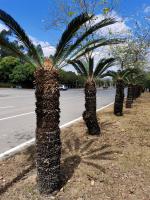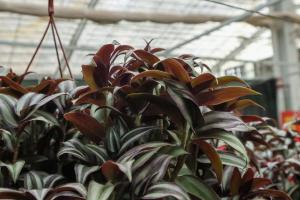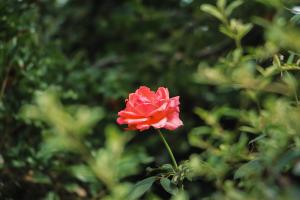Introduction
In South Dakota, planting shelterbelts plays a critical role in preventing soil erosion, reducing wind damage to crops and buildings, and providing habitat for wildlife. One of the essential factors to consider while planting shelterbelts is the type of trees to use. In this article, we'll discuss the best trees for planting shelterbelts in South Dakota.
The best trees for planting shelterbelts in South Dakota
The following trees are the most suitable for planting shelterbelts in South Dakota.
1. Eastern Red Cedar
Eastern Red Cedar is a popular tree for shelterbelts due to its drought tolerance, pest resistance, and adaptability to different soil types. The tree is also evergreen, making it an excellent windbreak and a year-round habitat for wildlife.
2. Green Ash
Green Ash is another perfect tree for planting shelterbelts in South Dakota, especially for areas with moist soils. The tree is easy to grow, and its leaves turn into a vibrant yellow color during autumn, providing attractive foliage. Additionally, Green Ash is tolerant of alkaline soils and can survive in areas with high salinity.
3. Russian Olive
Russian Olive is a hardy tree that thrives in dry and harsh landscapes. The tree is ideal for planting shelterbelts as it can withstand high winds and provides a barrier for crops and buildings. Russian Olive produces small fruits that are a nutritious food source for wildlife.
4. Rocky Mountain Juniper
Rocky Mountain Juniper is a slow-growing evergreen tree that is drought-resistant and tolerant of alkaline soils. The tree has dense foliage, making it an excellent windbreak for fields and crops. In addition, Rocky Mountain Juniper provides cover and nesting sites for birds.
5. Hybrid Poplar
Hybrid Poplar is a fast-growing tree that is easy to propagate from cuttings. The tree is suitable for planting shelterbelts as it provides a quick windbreak and is a source of timber. Hybrid Poplar is tolerant of many soils and can thrive well in areas with high moisture levels.
Conclusion
In conclusion, planting shelterbelts is an essential practice for land management in South Dakota. We must select the most suitable trees for planting shelterbelts to achieve the desired results. The trees discussed in this article are the best options for planting shelterbelts in South Dakota due to their adaptability, hardiness, and ability to provide habitat for wildlife.

 how many times do yo...
how many times do yo... how many planted tre...
how many planted tre... how many pine trees ...
how many pine trees ... how many pecan trees...
how many pecan trees... how many plants comp...
how many plants comp... how many plants can ...
how many plants can ... how many plants and ...
how many plants and ... how many pepper plan...
how many pepper plan...





























